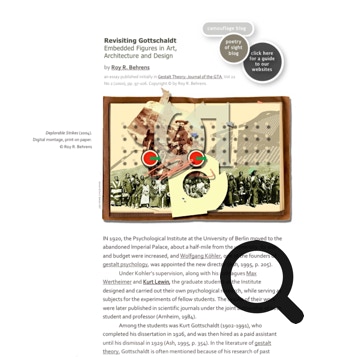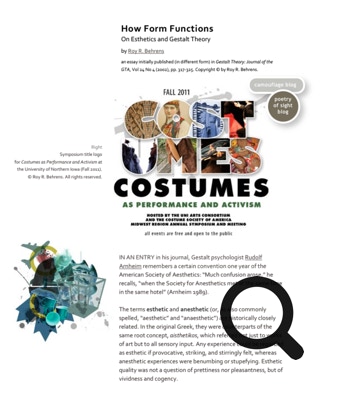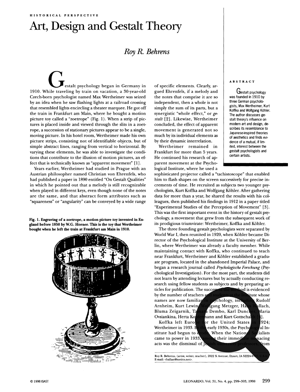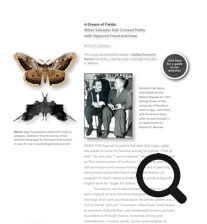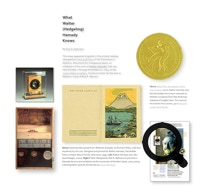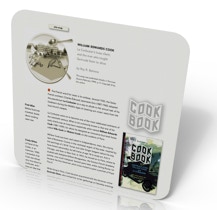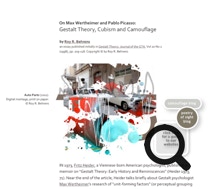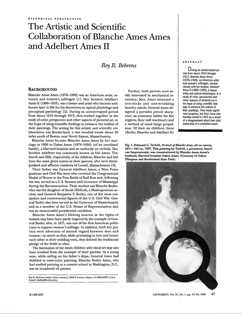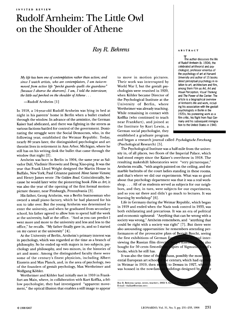Innes Cuthill
Professor of Behavioral Ecology,
University of Bristol
“[False Colors] is the definitive text on, but also the best possible introduction to, the 'social history' of military camouflage and the key role that artists played in its development. Roy Behrens writes beautifully and with complete authority. As a biologist, this is the book that broadened my horizons from an academic interest in animal camouflage to the broader context in which contemporary theories of camouflage evolved.”
Roy R. Behrens
Nearly everything I write about is more or less related to a concern that I had as an art student in the 1960s about what if any aspects of art, design, architecture and other so-called "visual arts" are objective, universal and enduring. This led to a study of vision, and, inevitably, to the question of how to subvert vision (becloud, mislead, befuddle), which of course then led to camouflage.
At about the same time, I began to explore the idea of an analogical link between (perceptual) figure-ground diagrams and (conceptual) Venn diagrams. I enrolled in an architectural course in which I designed dwelling spaces that were essentially spatial puns, logical contradictions or category errors.
In part, this came from reading books by Michel Foucault, Claude Levi-Strauss, Gregory Bateson, Christopher Alexander, Thomas Kuhn, Arthur Koestler, E.H. Gombrich, Edmund Leach, Morse Peckham, Colin Turbayne, Robert Venturi, Charles Jencks, H.G. Barnett, Robert M. Pirsig, and others who had written about what is sometimes known as translogical thinking or metaphorical thinking.
In time, I also came to see that camouflage is itself translogical and, at least to some extent, it is deliberate category violation or (in Turbayne's words) sort-crossing.
